The question I am trying to answer is how can I return the correct order and sequence of weeks for each ID? For example, while it is true the first week for each ID will always start at 1 (its the first week in the series), it could be the following date in the series may also be within the first week (e.g., so should return 1 again) or perhaps be a date that falls in the 3rd week (e.g., so should return 3).
The code I've written so far is:
select distinct
row_number() over (partition by ID group by date) row_nums
,ID
,date
from table_a
Which simply returns the running tally of dates by ID, and doesn't take into account what week number that date falls in.
But what I'm looking for is this:
Here's some setup code to assist:
CREATE TABLE random_table
(
ID VarChar(50),
date DATETIME
);
INSERT INTO random_table
VALUES
('AAA',5/14/2021),
('AAA',6/2/2021),
('AAA',7/9/2021),
('BBB', 5/25/2021),
('CCC', 12/2/2020),
('CCC',12/6/2020),
('CCC',12/10/2020),
('CCC',12/14/2020),
('CCC',12/18/2020),
('CCC',12/22/2020),
('CCC',12/26/2020),
('CCC',12/30/2020),
('CCC',1/3/2021),
('DDD',1/7/2021),
('DDD',1/11/2021)

